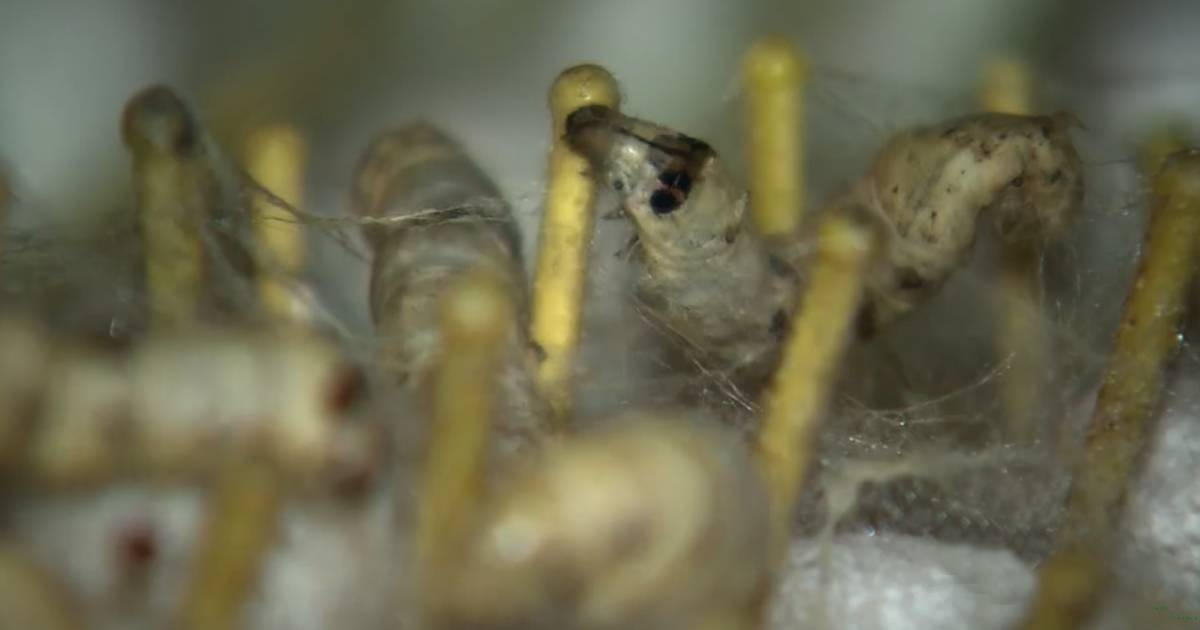A Cuban project led by biochemist Dayron Martín is raising silkworms in the province of Matanzas for artisanal production. Known as ArteSeda, this initiative is being developed at the "Indio Hatuey Experimental Station" in the central-south part of the island, overseeing everything from the rearing of the caterpillars to the production of their food.
According to Reuters, hundreds of cream-colored silkworms can be seen moving amidst dark green mulberry leaves, their essential food, spinning a fine white fiber that will soon be used by Cuban artisans. "It’s an ancestral process over 5,000 years old, discovered in China," Martín said in an interview with the news agency.
He highlighted that Cuba offers the perfect conditions for raising silkworms, with cool temperatures and adequate air circulation in the breeding facilities, ensuring optimal growth year-round. Silkworms, the larvae of the Bombyx mori moth, produce a silk fiber cocoon that has been commercially utilized for centuries.
The project is funded by the European Union and the Cuban and French governments, aiming to bring this ancient craft to local artisans. This isn't a new venture at Indio Hatuey; since 2005, Cuban researchers have been working on silkworm farming and mulberry cultivation to create necklaces, earrings, bracelets, and scarves.
In 2018, it was revealed that the researchers were seeking funding for the project's maintenance, which has now been secured from the EU. Silkworm farming is also starting in Havana. According to Reuters, artisan Dalgi Chaviano, owner of a shop in the nation's capital, has already received authorization to cultivate mulberry trees and silkworms in the city.
Understanding the Silk Production Project in Cuba
Here are some frequently asked questions about the silkworm farming project in Matanzas, Cuba, led by Dayron Martín and its implications for local artisans.
What is ArteSeda?
ArteSeda is a project in Matanzas, Cuba, focusing on the artisanal production of silk by raising silkworms and cultivating their food, particularly mulberry leaves.
Who is leading the silk production project in Matanzas?
The project is led by biochemist Dayron Martín.
What makes Cuba ideal for silkworm farming?
Cuba provides the perfect conditions for silkworm farming, including cool temperatures and proper air circulation in breeding facilities, ensuring year-round optimal growth.
